When Bob Buckter drives through the streets of San Francisco, it’s like wandering through an art exhibit of his own making. “I can point out the window on both sides anywhere in town and see my work,” the 76-year-old said.
That’s because Buckter — who goes by the whimsical moniker “Dr. Color” — has spent half a century as a professional colorist, selecting the hues of more than 18,000 homes in the city. His tally shoots up to nearly 25,000 projects when you include the broader Bay Area.
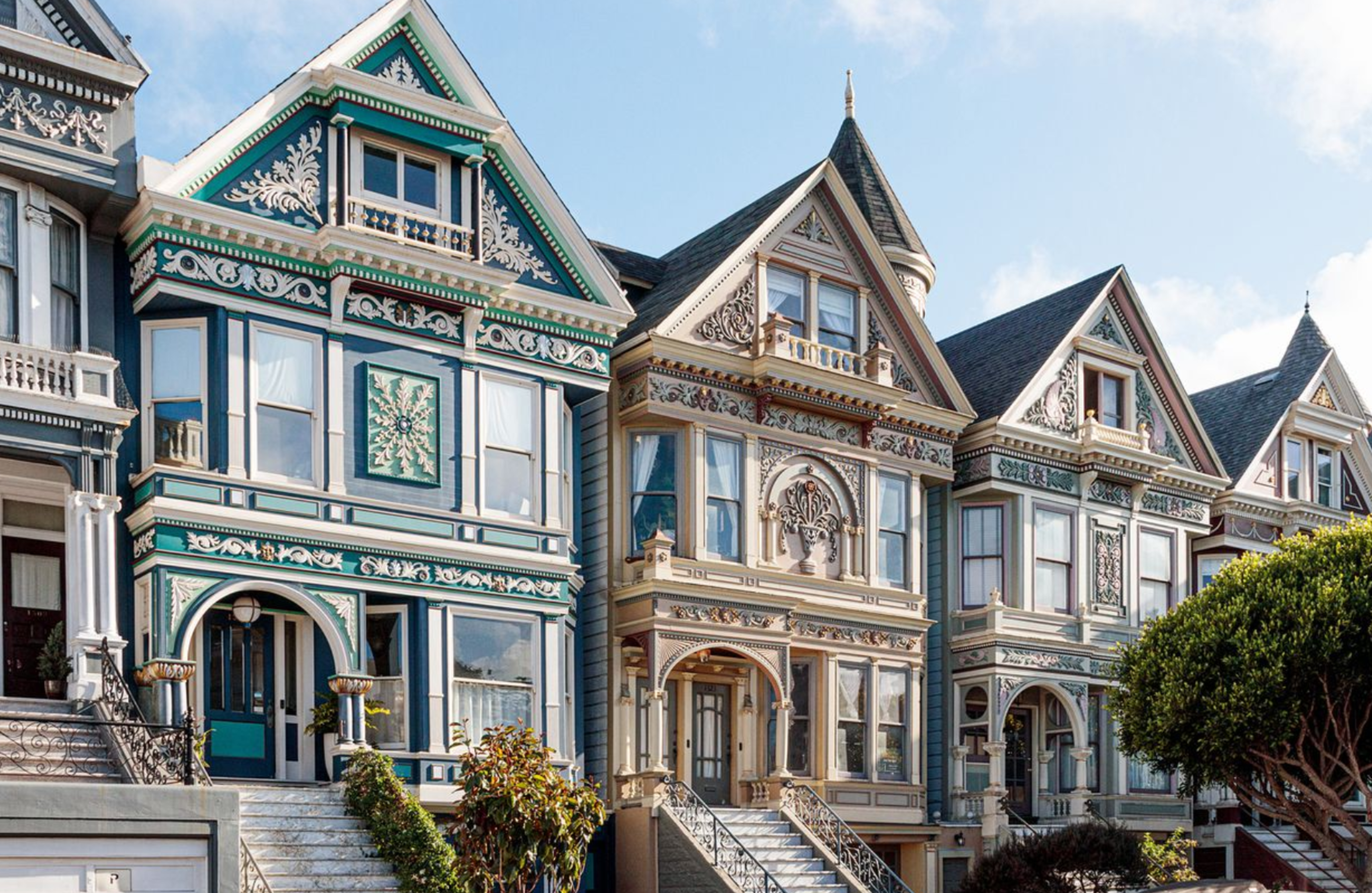
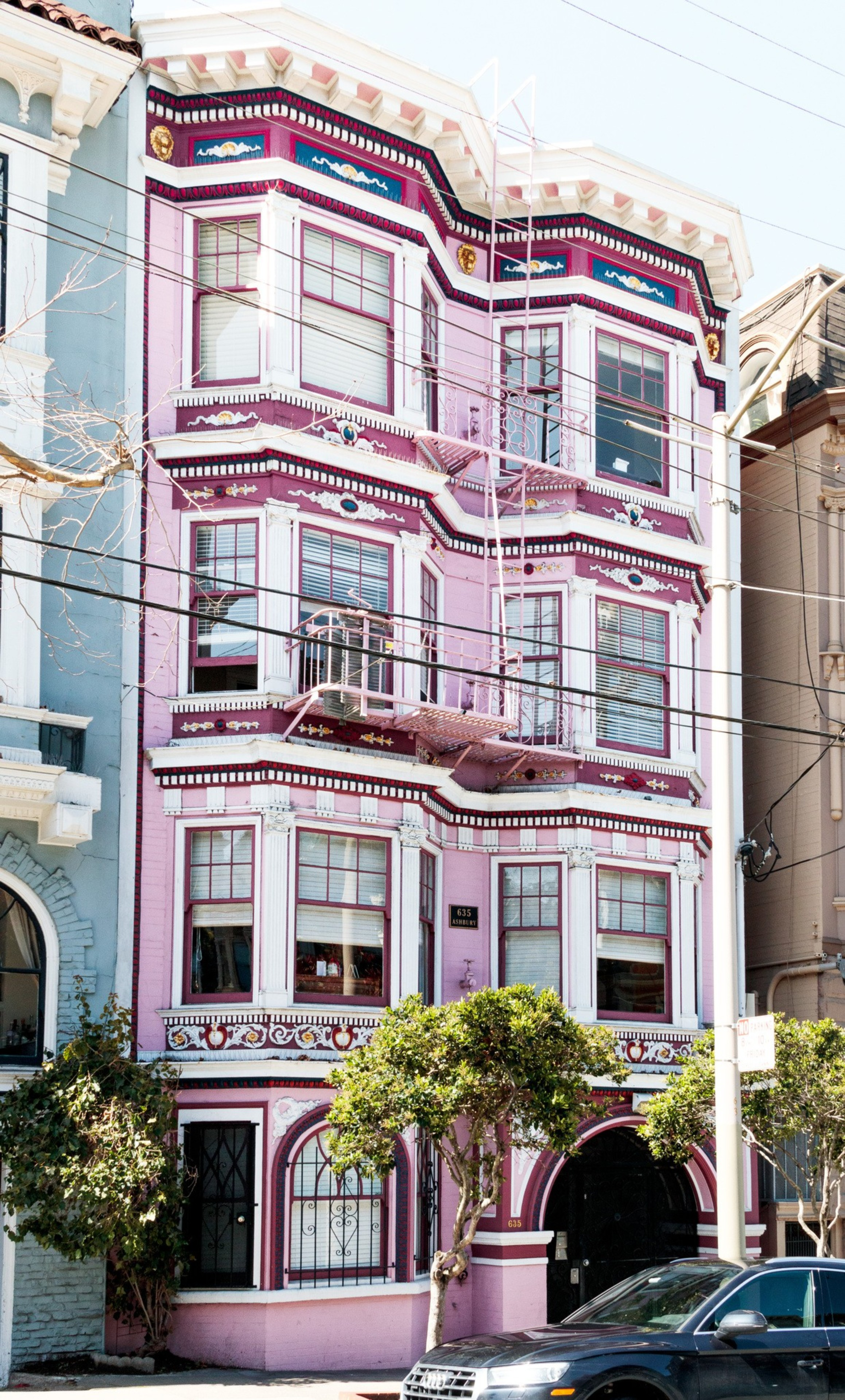
He’s one of a dwindling number of painters and color designers who have shaped the city’s distinctive architectural style since the 1970s. His work is so pervasive and prominent that it’s earned its own book (opens in new tab), “Bob Buckter: Architectural Color Design,” which published this summer.
“His eye has really helped define what we think of as the ‘gingerbread’ San Francisco look,” said author and historian Ben Zotto, describing Buckter’s palette of greens, golds, purples, and blues often seen in the trim, moldings, and spindlework of city homes.
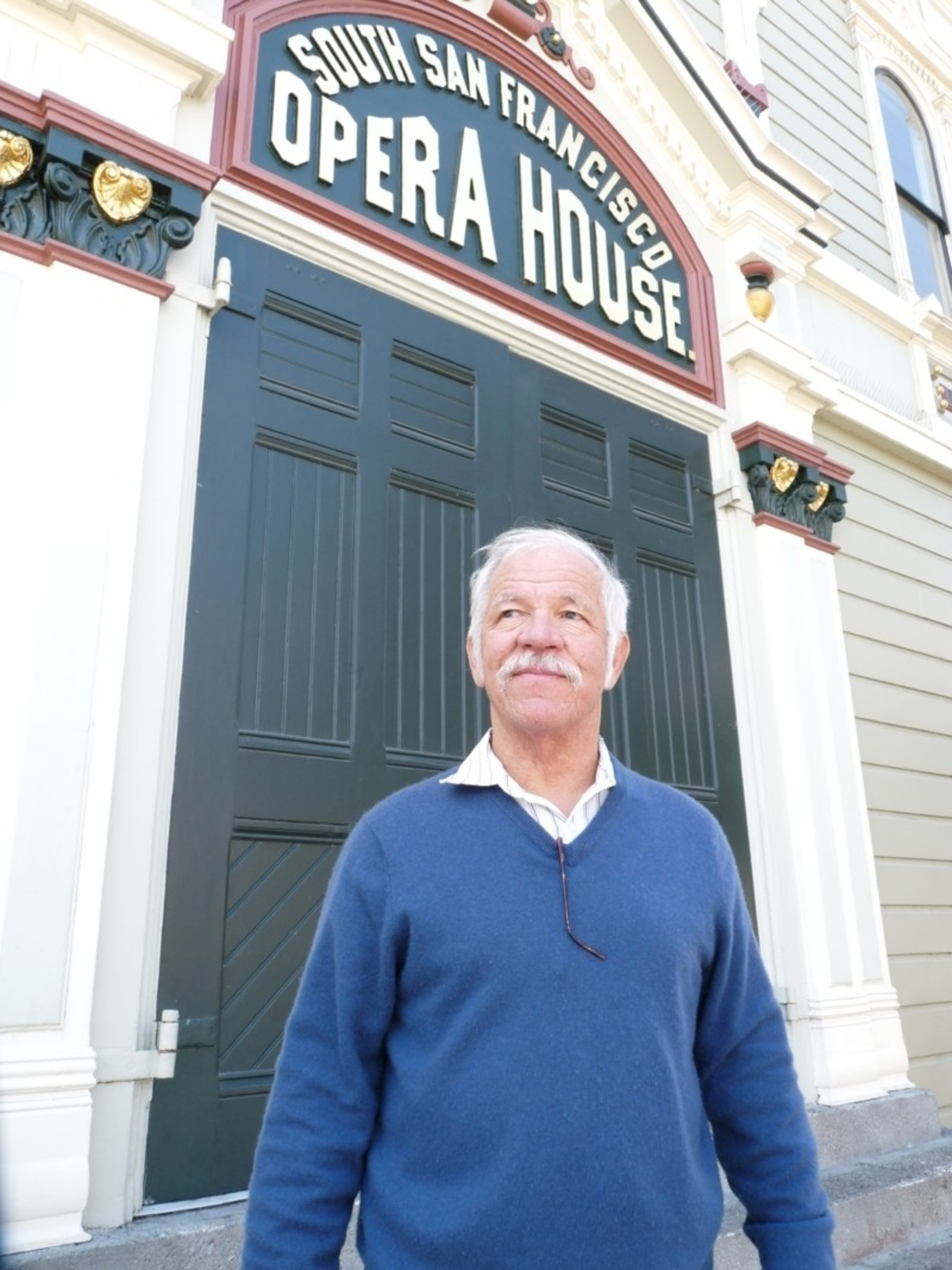
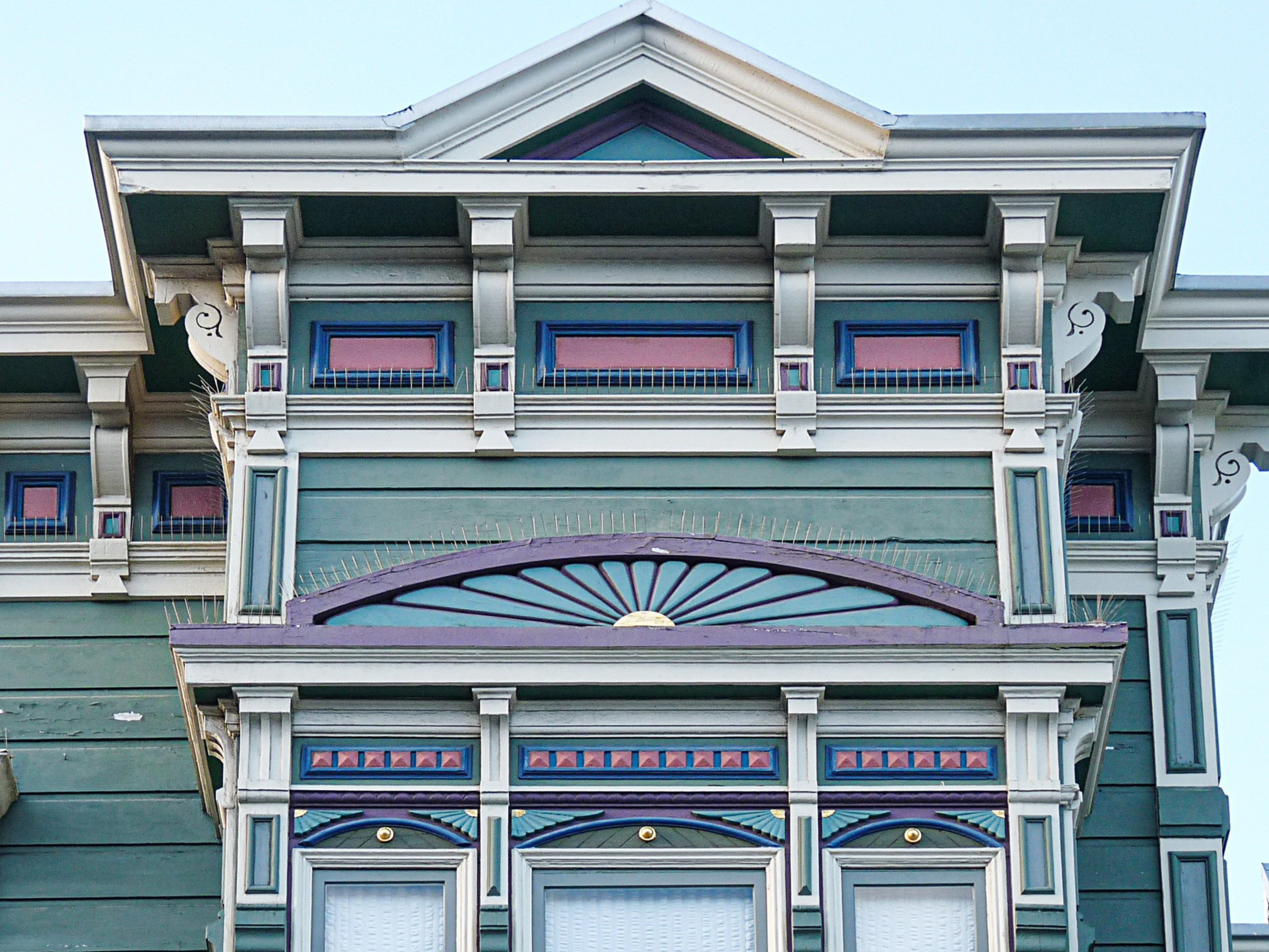
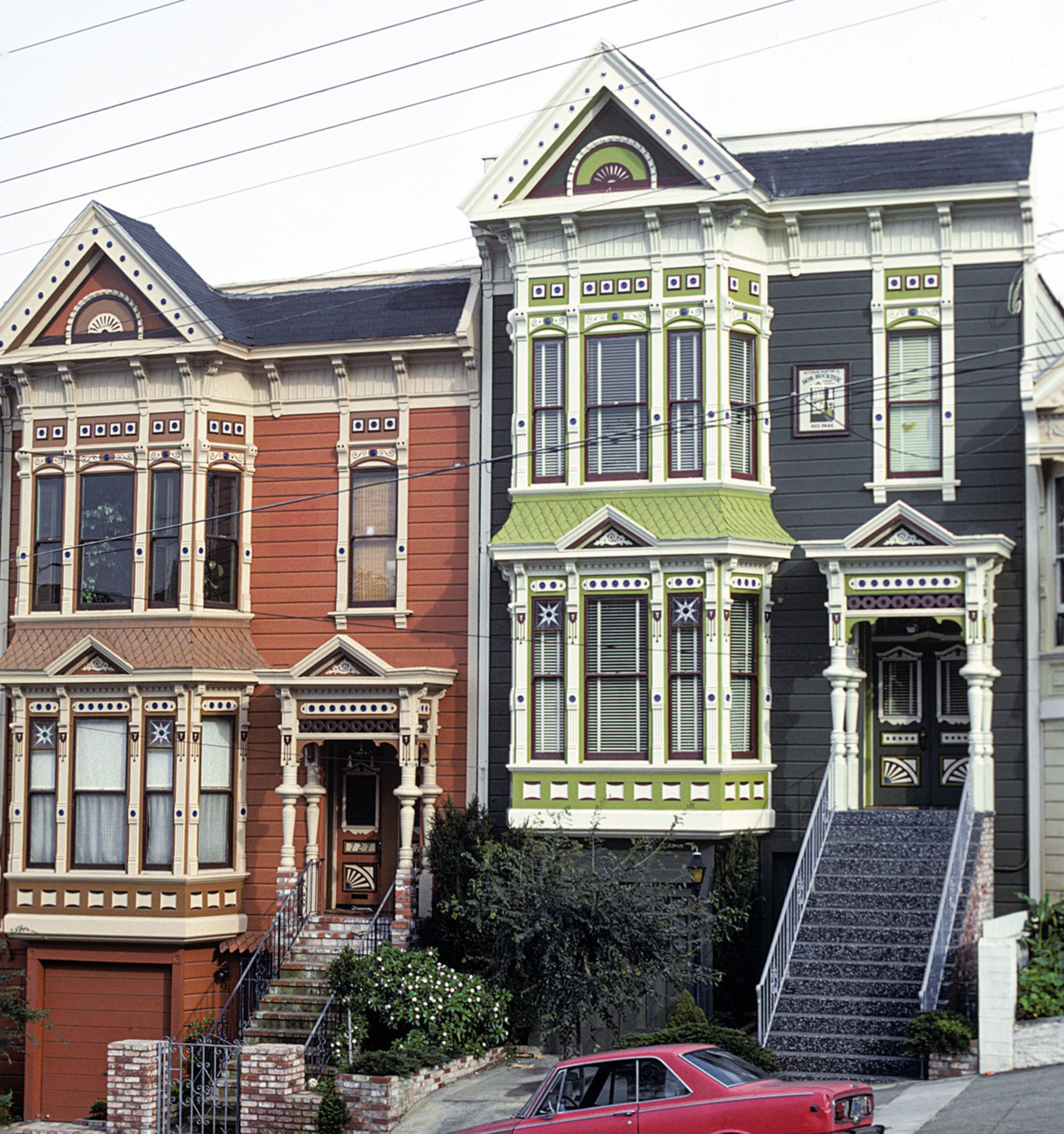
Buckter’s process goes far beyond flipping through paint swatches. When hired as a consultant, he dives deep, interviewing clients to decipher which colors attract or repel them. He’ll make note of clothing choices and mannerisms and get a sense of their personalities to feel out how “strong or quiet” to make a home’s color contrasts. While he has no background in color theory or art — and no Ph.D., for that matter — Dr. Color credits his dual associate’s degrees in behavioral science and business for helping his consulting practice take off.
Buckter’s consultations cost around $1,000, though the all-in costs for homeowners to have an ornate Victorian painted can quickly reach six figures. (While Buckter started his career doing both color selection and painting, he now focuses solely on the former.)
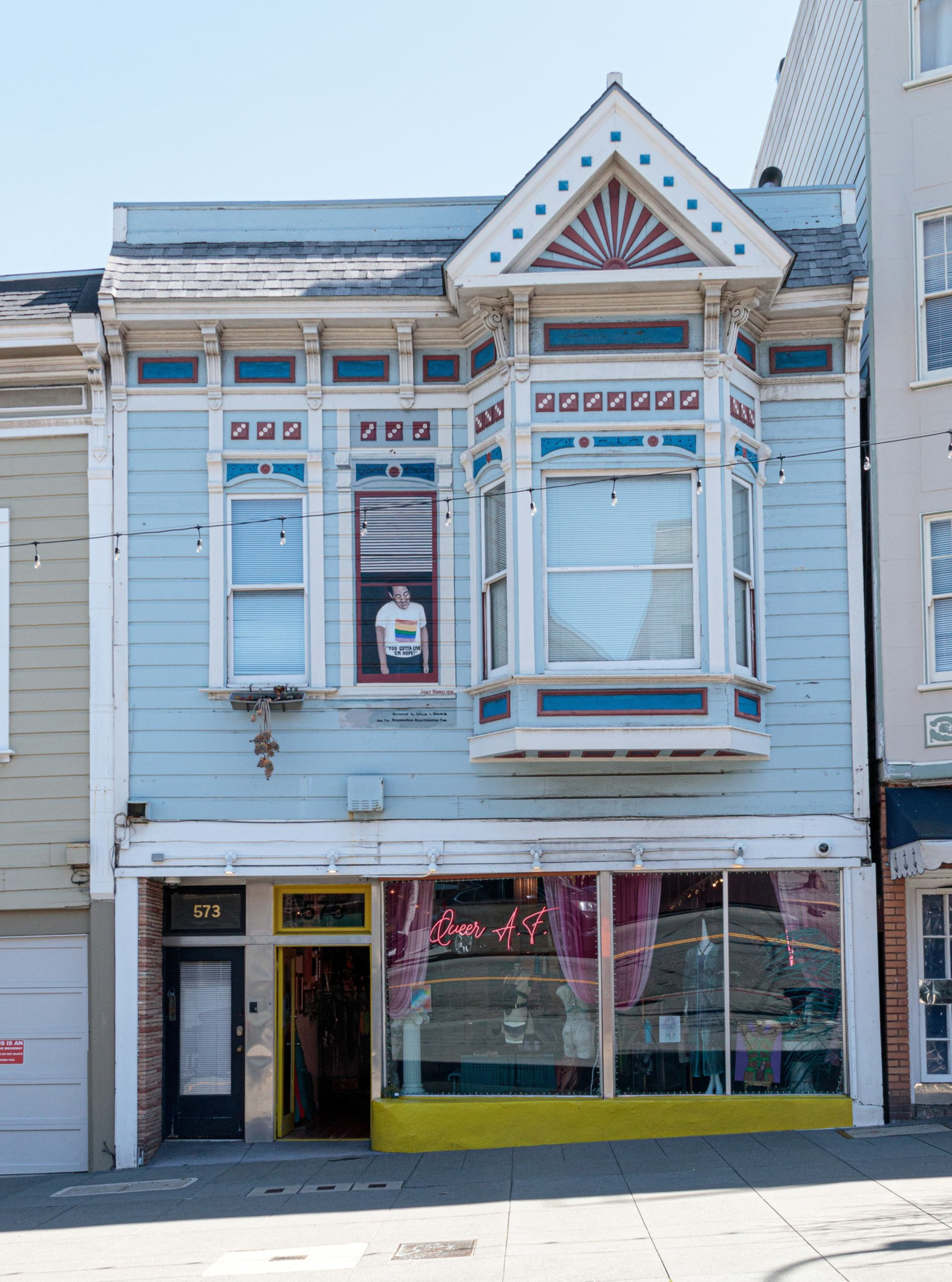
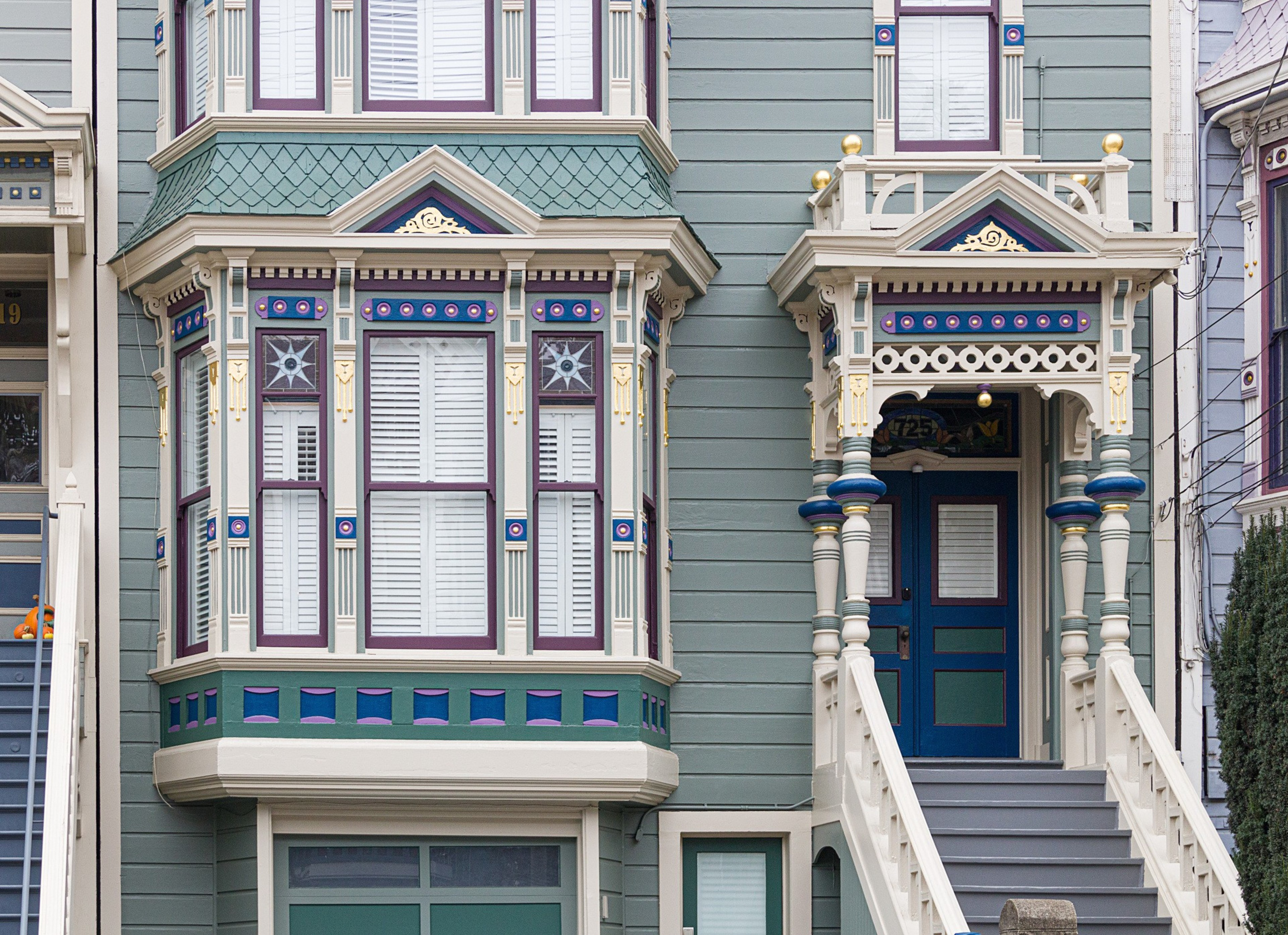
There’s no straightforward blueprint for how to pick the right hues for a home, he said — it comes down to context and taste. What dictates good taste? “If it’s tasty,” he said. In short, his intuition — and his sheer confidence in it (opens in new tab) — helped him develop a style that has remained in-demand for decades. He favors a wide-ranging but harmonious color palette, with bold accents: “You can look at a house and say, ‘That’s a Bob job,’” he said.
His favorite projects are historic houses, while he only reluctantly accepts work for homeowners’ associations. “They’re my most difficult type of client,” he said, since colors often need HOA approval. “Everybody is scared to death about property values.” He has described people who paint their homes gray as “too chicken shit” to do anything else.
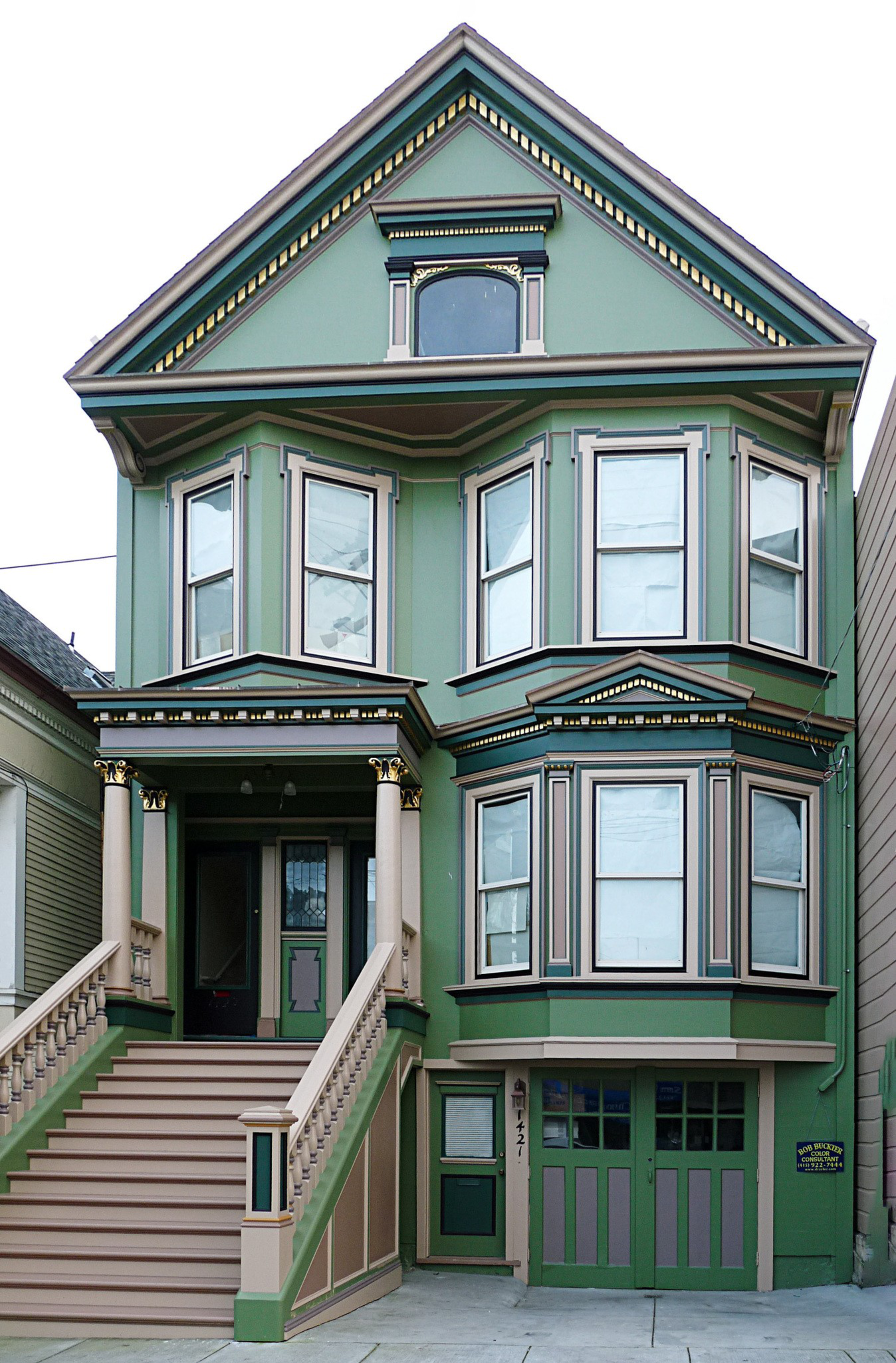
At the height of his career, he would consult on 660 projects a year, but these days he’s down to about 250, in part because he spends about half his time in Costa Rica, where he tends to a rainforest preserve. He doesn’t plan to retire anytime soon: “I’ll be doing this until I drop dead.”
After all, he sees himself in the business of selling happiness.
“The right colors can change your mood,” he said. “You can look at a house and feel a certain way, and I aim to make people feel joyous. That’s more or less my product. I want to make sure that every time people walk or drive up to their house for the next X amount of years, they’re smiling.”